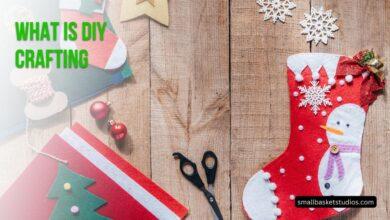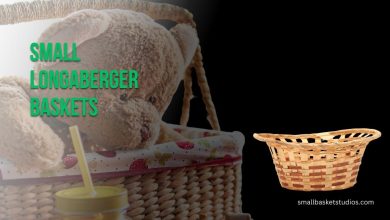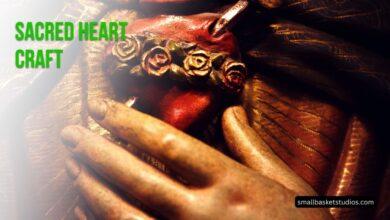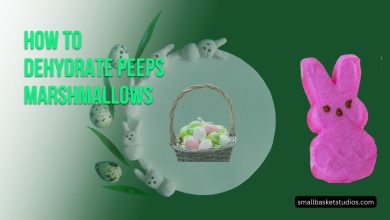Egg Sculpture: Crafting Beauty from Fragility
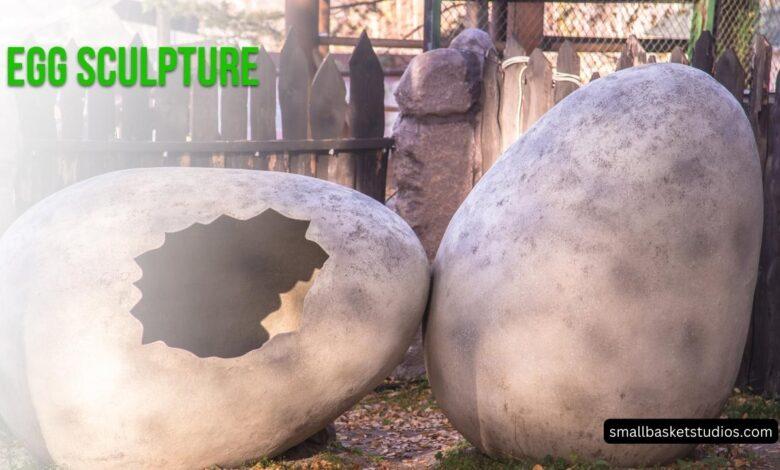
Egg sculpture, an ancient craft transformed from ordinary eggshells into exquisite works of art through artistry and precision, offers an intriguing combination of artistry and precision that promises an artistic voyage filled with creativity and fragility. We will investigate its historical roots as we delve into materials, tools, techniques and design elements essential for egg sculpture – and safety precautions will also be highlighted to ensure an artistic experience safe enough to explore by any level. Whether a novice artist or established veteran this guide promises to reveal all that egg sculpture holds as we venture on our artistic adventure together!
What is Egg Sculpture?
Egg sculpture (commonly referred to as egg carving or art) involves turning eggshells into intricate and visually arresting works of craftsmanship. Artists employ various methods of egg sculpture such as carving, decorating and painting eggshells in order to produce exquisite sculptures featuring delicate designs or miniature scenes carved onto its shell surface.
The Historical Significance of Egg Sculpture
The practice of egg sculpture has a rich historical background. It has been traced back to ancient civilizations, including Egypt and China, where eggs were used as symbols of fertility, rebirth, and the cycle of life. In these cultures, decorated eggs were often exchanged as gifts during religious ceremonies and festivals.
In Europe, egg sculpture gained popularity during the Renaissance period when skilled artisans began creating intricately carved and painted eggs for the nobility. This tradition continued to evolve over the centuries, with various cultures and regions putting their own unique spin on egg sculpture.
Materials and Tools
Types of Eggs Used
Not all eggs are suitable for egg sculpture. The choice of eggs largely depends on their size, thickness, and structural integrity. Some common types of eggs used in egg sculpture include:
Chicken Eggs: Chicken eggs are the most popular choice due to their widespread availability. They are small, making them ideal for detailed carving, and their shells are strong enough to withstand sculpting.
Goose Eggs: Goose eggs are larger and have thicker shells than chicken eggs. They provide more surface area for intricate designs and can result in stunning, detailed sculptures.
Ostrich Eggs: Ostrich eggs are the largest of all bird eggs and are often used for creating large and elaborate egg sculptures. They are more challenging to work with due to their size and thickness.
Essential Tools for Egg Sculpture
To create beautiful egg sculptures, you’ll need a set of essential tools. These tools help you carve, decorate, and paint the eggs effectively. Some of the must-have tools include:
Egg Blower: An egg blower is used to remove the egg yolk and egg white from the shell, leaving an empty eggshell to work with.
Egg Stands: Egg stands or holders keep the eggs stable while you work on them, preventing accidental breakage.
Carving Tools: Carving tools come in various shapes and sizes, including needles, drills, and miniature chisels, allowing you to create intricate designs on the eggshell.
Paints and Brushes: High-quality paints and fine brushes are essential for adding color and detail to your sculptures.
Safety Gear: Safety gear such as gloves and safety goggles is crucial to protect your hands and eyes during sculpting.
Techniques
Basic Egg Carving
Basic egg carving involves creating simple designs and patterns on the eggshell. Here are the steps to get started with basic egg carving:
Prepare the Egg: Carefully blow out the egg’s contents using an egg blower, ensuring the eggshell is clean and dry.
Sketch Your Design: Use a pencil to lightly sketch your design onto the eggshell. This serves as a guide for your carving.
Carve the Egg: Using small carving tools, carefully remove the eggshell to create your design. Start with simple shapes and gradually progress to more intricate patterns.
Finishing Touches: Smooth the edges of your carving with fine sandpaper and clean the eggshell to remove any debris.
Advanced Egg Carving
Advanced egg carving is a more intricate and detailed form of egg sculpture. This technique involves creating complex and three-dimensional designs on the eggshell. Here are some advanced egg carving tips:
Plan Your Design: Create a detailed plan or blueprint of your sculpture before you start. This will help you visualize the final piece and work more efficiently.
Use Specialized Tools: Invest in high-quality carving tools designed for intricate work. Tiny chisels, rotary tools, and fine-tipped carving knives are invaluable.
Practice Patience: Advanced egg carving requires precision and patience. Take your time, and don’t rush the process.
Experiment with Texture: Explore different textures and depths in your carving to add depth and dimension to your sculpture.
Painting and Decorating Eggs
Once you’ve carved your eggshell, you can enhance its beauty by painting and decorating it. Here’s how:
Choose Your Colors: Select the colors you want to use for your design. Acrylic paints work well on eggshells.
Paint the Base: Apply a base coat of paint to the entire eggshell. This will provide a smooth canvas for your design.
Add Detail: Use fine brushes to add intricate details to your sculpture. You can create patterns, images, or even landscapes.
Seal and Protect: After the paint has dried, seal your sculpture with a clear, protective varnish to preserve the colors and design.
Design and Inspiration
Finding Inspiration
Inspiration for your egg sculpture can come from various sources, including nature, culture, and personal experiences. Consider these ideas to spark your creativity:
Nature: Draw inspiration from the beauty of the natural world, such as flowers, animals, or landscapes.
Cultural Symbols: Explore cultural symbols and motifs from different regions and traditions to incorporate into your designs.
Personal Stories: Use personal experiences and memories as the basis for your sculptures. These can create meaningful and unique artworks.
Designing Your Egg Sculpture
Before you start carving and decorating, it’s essential to plan your sculpture thoroughly. Here are steps to help you design your egg sculpture effectively:
Research: Gather reference materials and study the subject of your sculpture. This will help you understand the details and proportions.
Sketch and Plan: Create rough sketches and outlines of your design, considering how it will fit on the eggshell.
Test on Paper: Try out your design on paper to work out any kinks or design flaws before transferring it to the egg.
Stay Flexible: Be open to adjustments and modifications as you work. Sometimes, the eggshell may have imperfections that influence your design.
Safety Precautions
Like any art form, Egg sculpture requires safety precautions to ensure a smooth and hazard-free creative process. Here are some safety guidelines to follow:
Safe Handling of Eggs
Wash Hands Thoroughly: Wash your hands to prevent contamination before handling eggs.
Proper Egg Blowing: Use gentle pressure to avoid shattering the shell when blowing out eggs.
Dispose of Waste Carefully: Dispose of egg contents safely, and do not let them come into contact with food surfaces.
Handling of Tools
Wear Safety Gear: Always wear safety goggles to protect your eyes from flying debris. Additionally, consider wearing gloves to protect your hands.
Work in a Well-Ventilated Area: Carving and painting can release dust and fumes. Ensure you work in a well-ventilated area or use a mask if necessary.
Keep Tools Sharp: Dull tools can be more dangerous than sharp ones. Keep your carving tools well-maintained and sharpened.
FAQs
Can I use any type of egg for egg sculpture?
While chicken eggs are the most commonly used, you can experiment with various egg types, such as goose and ostrich eggs, depending on your skill level and the desired size of your sculpture.
Is it possible to preserve an egg sculpture for a long time?
You can preserve your egg sculpture by sealing it with a clear, protective varnish. Properly sealed, egg sculptures can last for many years.
Are there any specific techniques for painting on eggshells?
To paint on eggshells, use acrylic paints and fine brushes. Apply a base coat, add details, and finish with a clear varnish to protect the paint.
Can children engage in egg sculpture?
Egg sculpture involves delicate tools and safety precautions, making it more suitable for adults or older children under adult supervision.
Conclusion
Egg sculpture is an exquisite combination of artistry, craftsmanship and precision that brings history and culture alive through every intricate stroke and stroke of basic egg carving techniques as well as advanced ones. Egg sculpturing offers endless creative opportunities – discover it now!
As you step into the captivating realm of egg sculpture, remember safety and patience are your allies in creating beautiful artworks. Allow your creativity to run wild as you draw upon inspiration from around you as well as from within yourself to craft lasting memories through this timeless art form – happy sculpting!
Happy egg sculpting!

